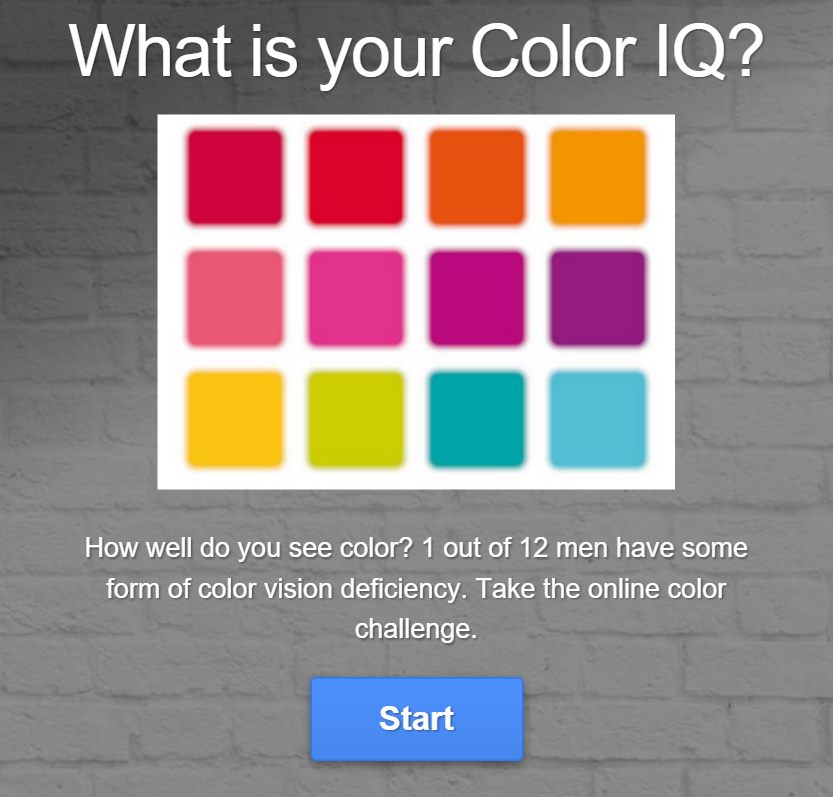Contemporary Applied Art (Ceramics, Glass, Textiles) BA hons at CIT CCAD
Description
This is an innovative interdisciplinary programme with an emphasis in three main material areas; Ceramics, Glass and Textiles Applied Art (ceramics, glass, textiles) is an innovative interdisciplinary programme with an emphasis in three main material areas; Ceramics, Glass and Textiles, either as a chosen specialism, or in combination. It offers students the opportunity to creatively develop and make objects. The emphasis is on an open and experimental exploration grounded in historical context and current critical debate about contemporary practice. This course offers a creative and playful approach to materials and idea development in Ceramics, Glass, and Textiles.
The delivery of this course is modular and centred on ‘thinking through making’ including; skills development workshops, lectures, group seminars, tutorials, peer and independent learning. In their final year students will be expected to develop and execute an original body of work to a high standard and undertake a thesis which explores the intellectual aspects and implications of the work.
Tell your friends
RECENT FACEBOOK POSTS
facebook.comThis show is on now! Tawney, Hicks, Abakanowicz!
Great essay and a fantastic show to visit! Let's plan a student trip!
Wow! Let's go!
Timeline Photos
In Gallery Noorus, Tartu show: Jordyn Lynch, Year 3 CAA: I am exploring the idea that skin is the layer between the outside and the inside. The outside layer is what is most visible to the eye emotionally and physically, but what if we were to peel away the skin or look at it from another perspective inside out? A lot of what we can not see is hidden by the skin. Collage of paper/cloth/seaweed; hand-stitch
TKK Tekstiiliosakond
CAA Year 4 student Laura McAuliffe exhibiting in Tartu, Estonia! 'Moles are a mark of beauty and individuality, but they can also signify disease and death. What lurks beneath the surface of our moles can be potentially fatal, therefore it is important to explore the fantastical farcical underworld of our death defying spots'. Velvet; found crochet; beads
TKK Tekstiiliosakond
Year 4 CAA student Helen O'Shea, in Tartu exhibition! Membrane Modification The currents of the North Pacific gyre collect plastic rubbish into enormous floating islands. The quantity of this debris is changing our ocean environment. Sadly, we can often see plastic bags floating in the sea. When I encounter this it suggests to me a new species of jellyfish, weather-beaten forms that call to mind new life emerging from the sea. I want to explore this interaction of sea and plastic to see what manifests. For this exhibition, I am looking at plastic skin sloughed off by these new imagined creatures. Plastics; netting; heat-forming; construction
TKK Tekstiiliosakond
Aileen Farnan, Year 3 CAA, in Tartu show of SKIN NAHK ODA! Whilst exploring ideas for the Skin Project I considered the connection of veins to the skin, how you can see the veins just below the surface of the skin, how the veins nourish the skin and how the skin protects the veins. Both requires the other to exist and function. I focused on veins in textile medium as I thought they were like a map to my existence as I knew it. In order to reflect the symbiotic relationship between veins and skin in my work, I used polyester gauze to represent the skin and stitched red thread into water soluble material and then dissolved it. Once dry I encased the threads in the gauze. Machine embroidery
TKK Tekstiiliosakond
Detail of work by Bernadette Tuite, Year 3 CAA, in Tartu! Beings of Light After many years in the Merchant Marine Bernadette relocated from California to Ireland to educate herself in the Applied Arts as is her first love. Having initially trained in Ceramic Design with the Crafts Council of Ireland, Bernadette enrolled in Crawford College of Art and Design in Cork, Ireland in 2014, where she continues her Degree studies in Ceramics, Glass and Textiles. Bernadette’s work primarily reflects her maritime past however she has a latent interest in Hmolpedia (bio-physics) on which this current work is based. Using felted wool, stitch and metal thread the work comments on Biophotons. Biophotons are human cells that communicate using quantum particles of light energy as coherent messengers operating at the speed of light. We are beings of light, skin being the initial conduit for this light. Felt and stitch; lighting
Quiz


